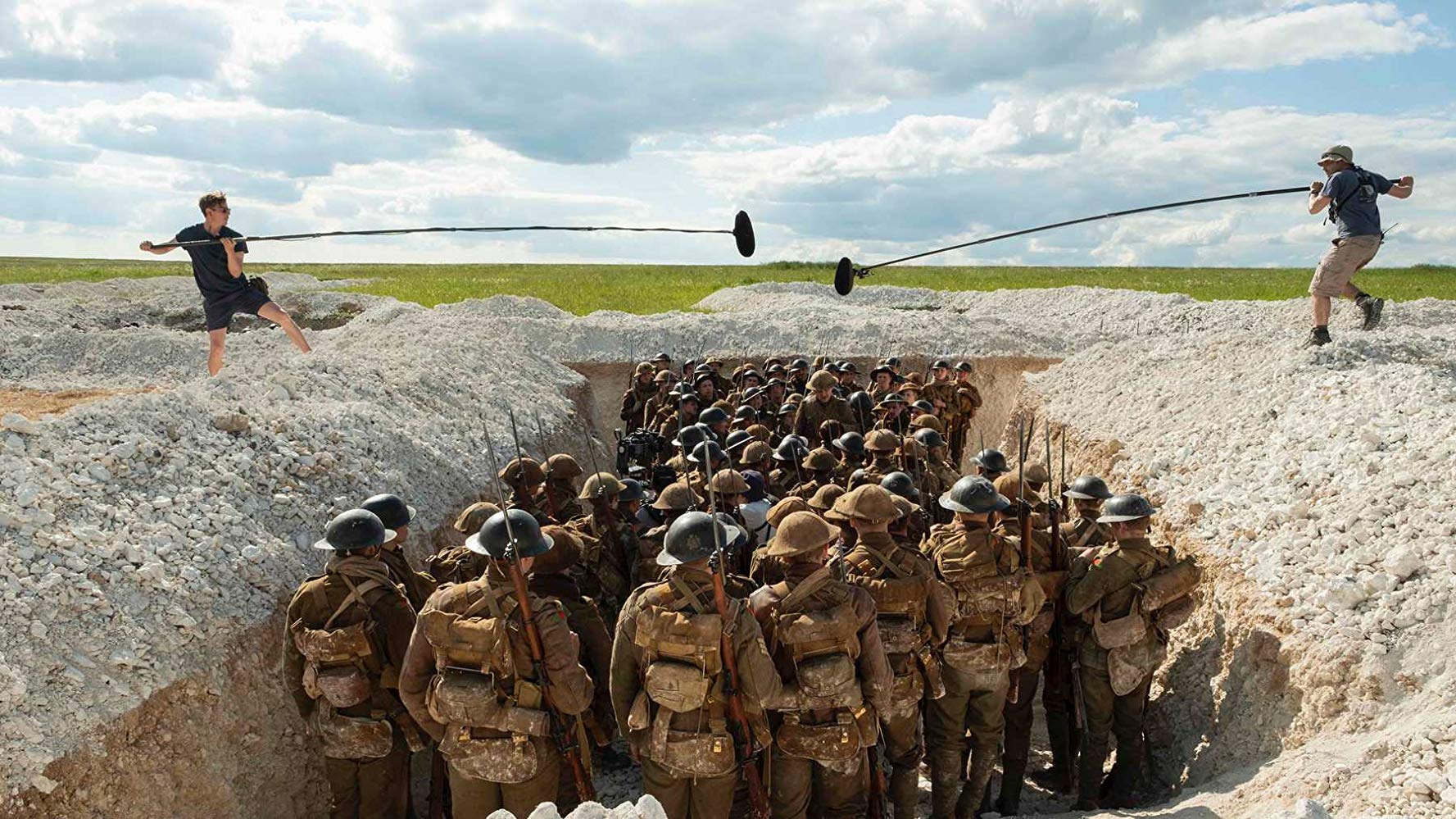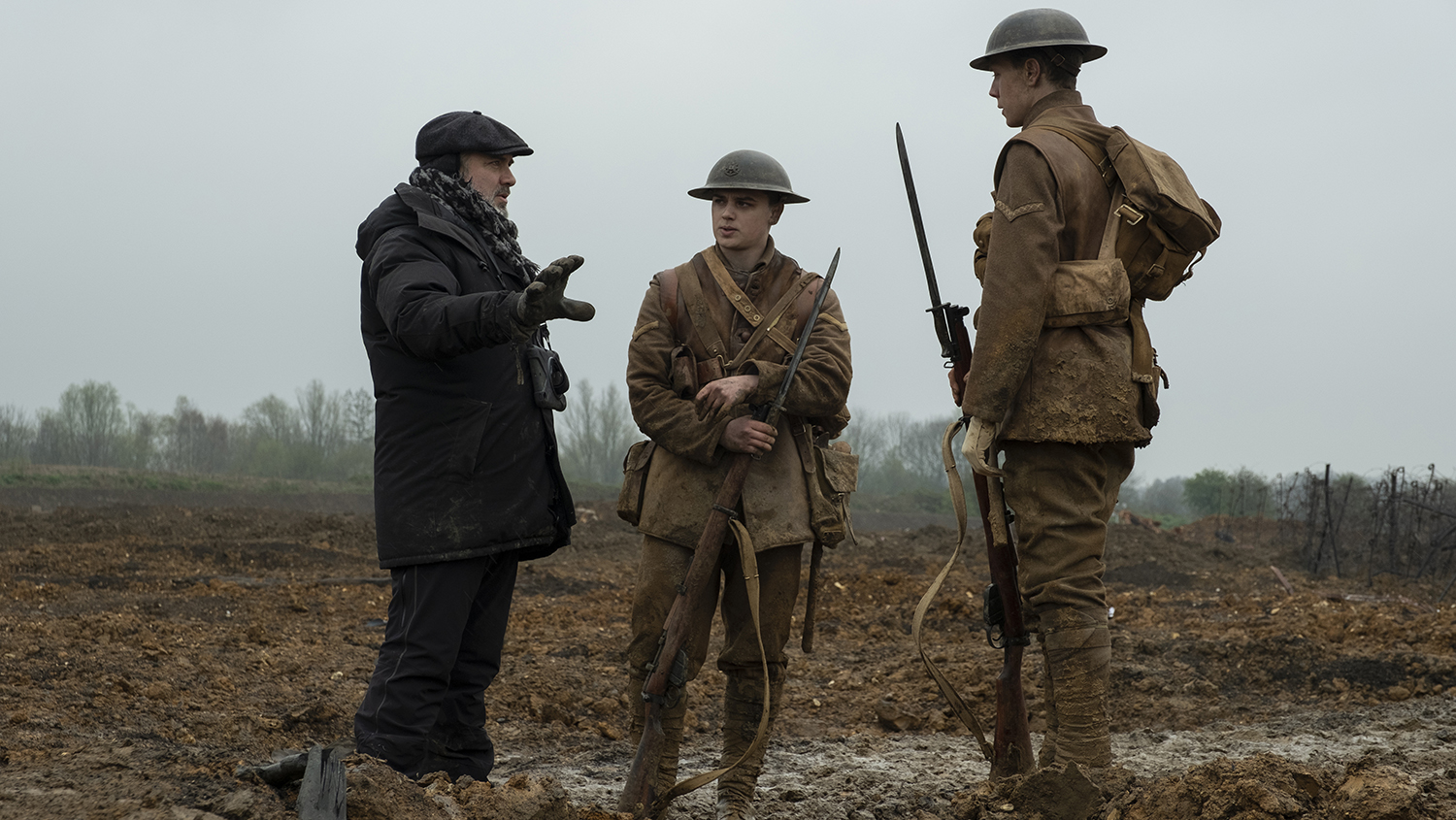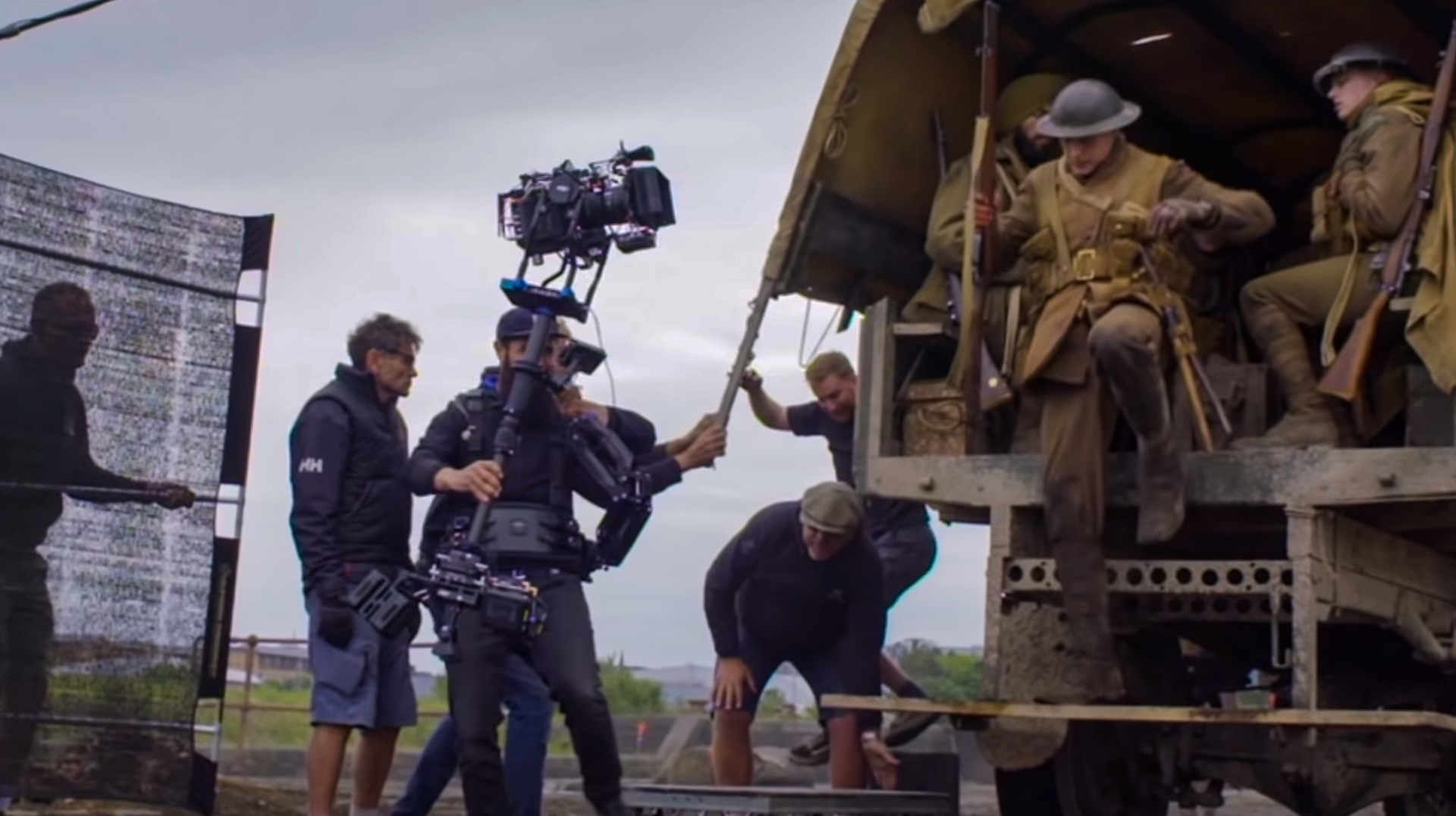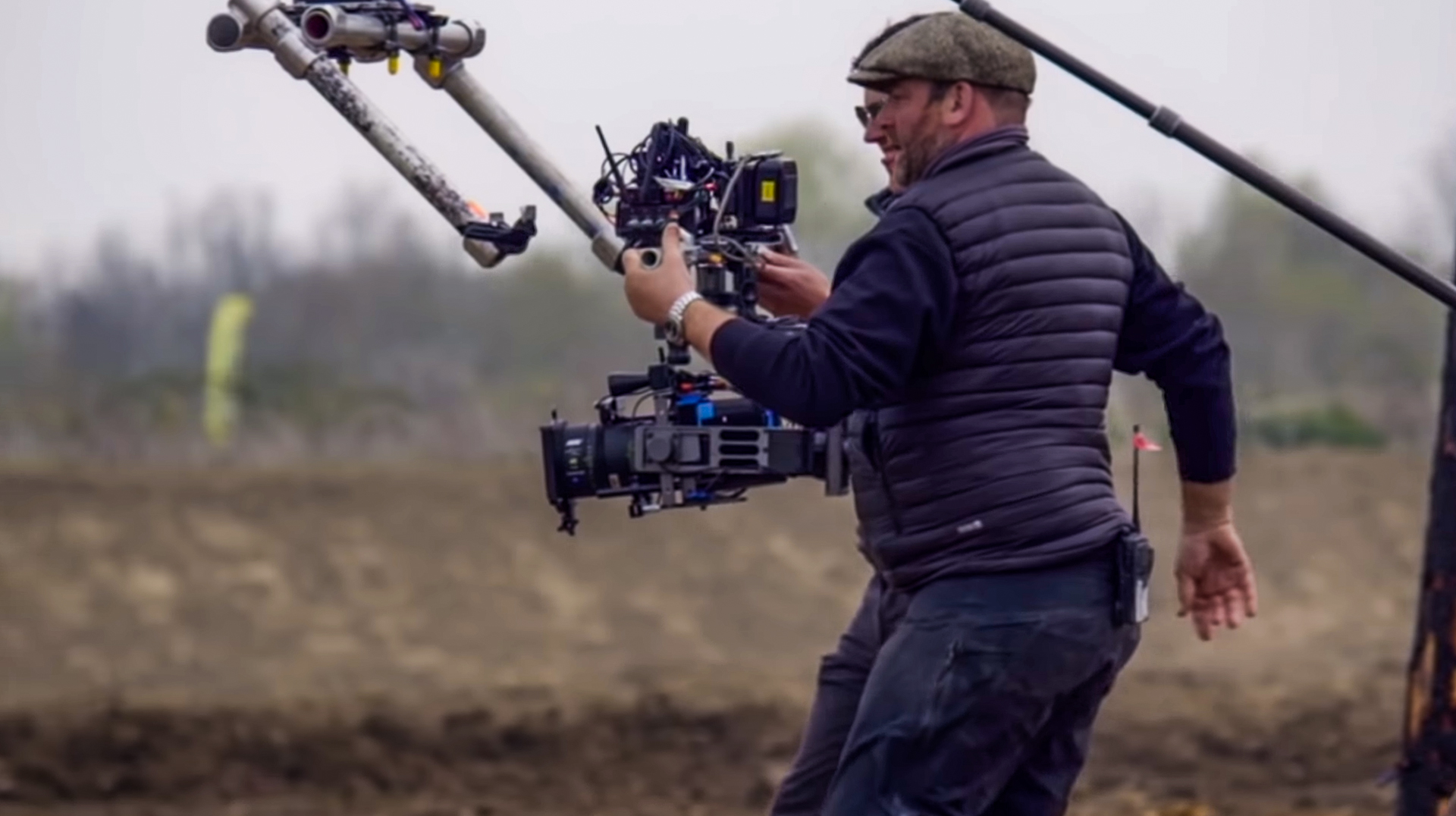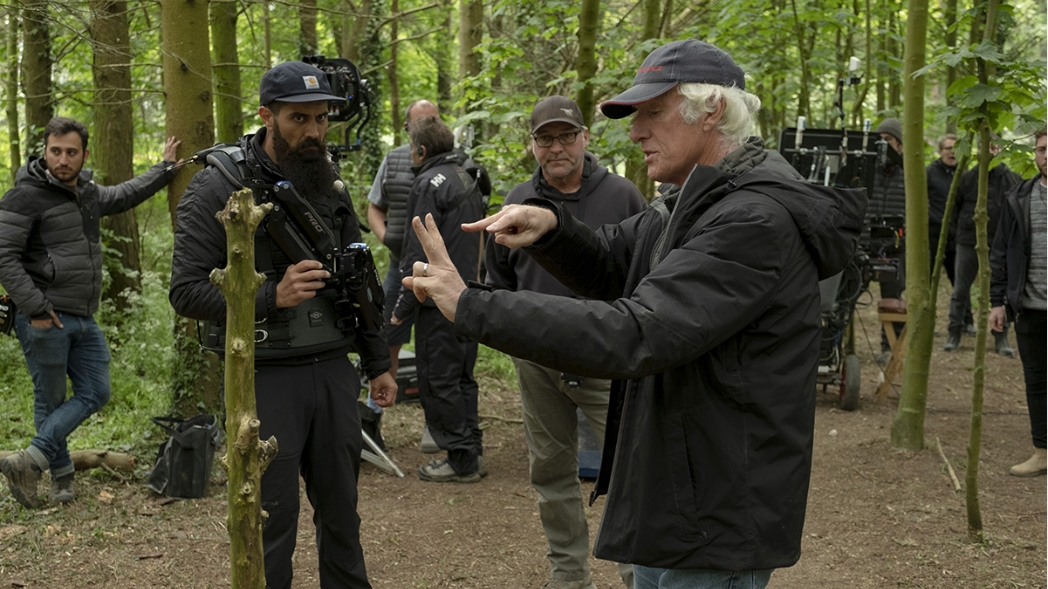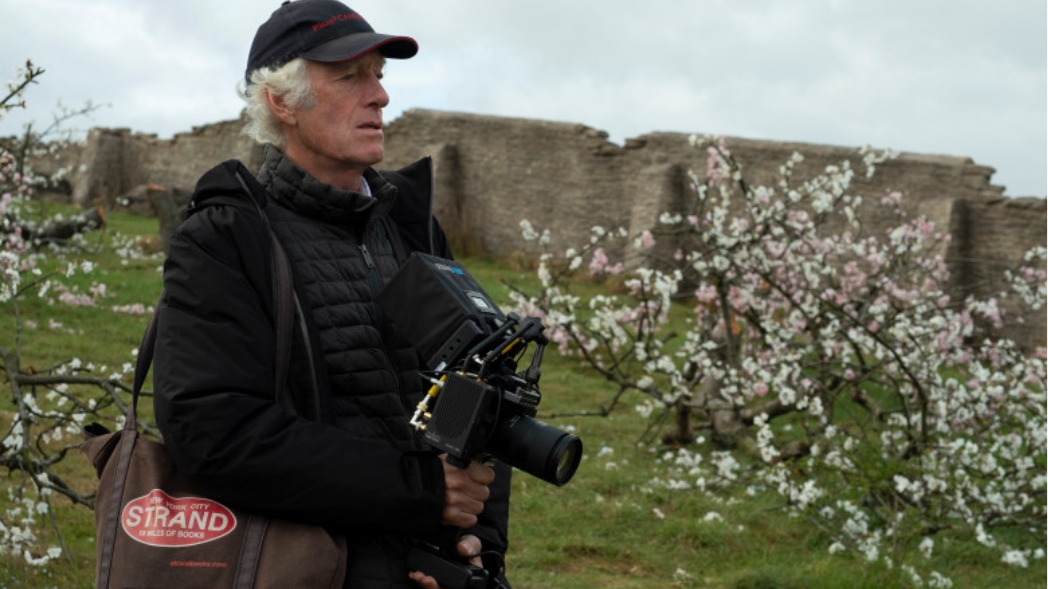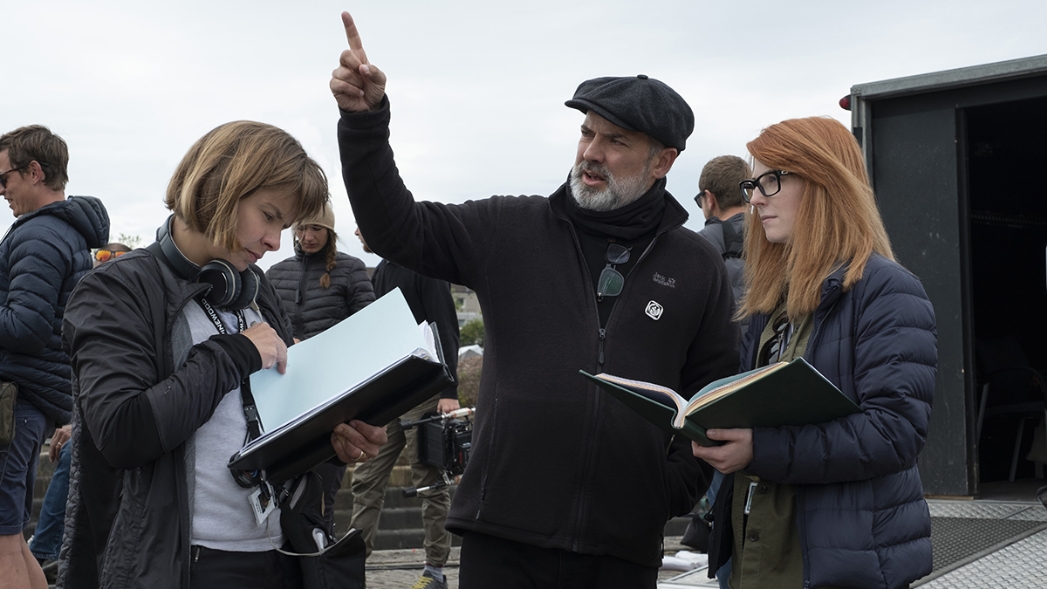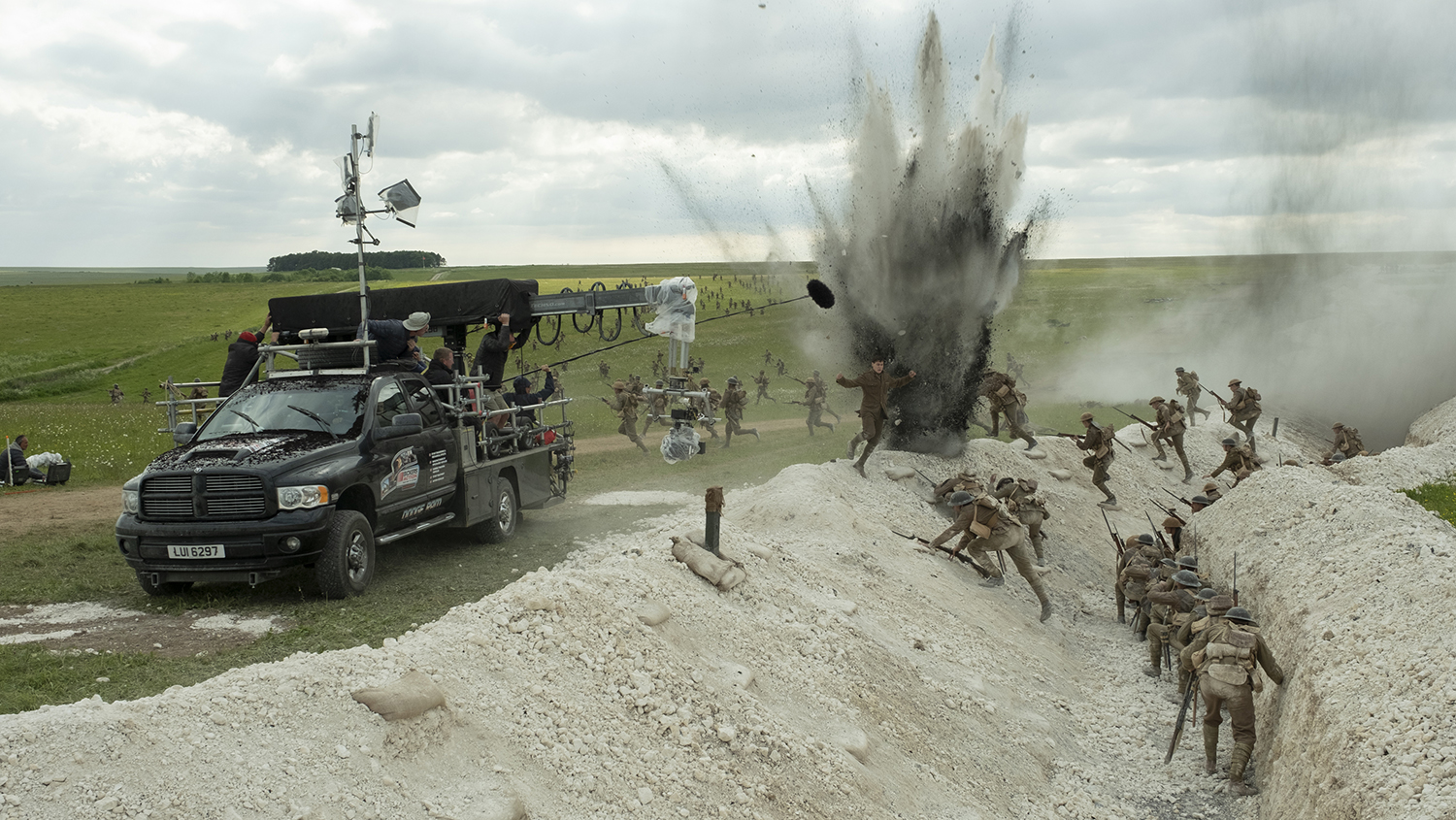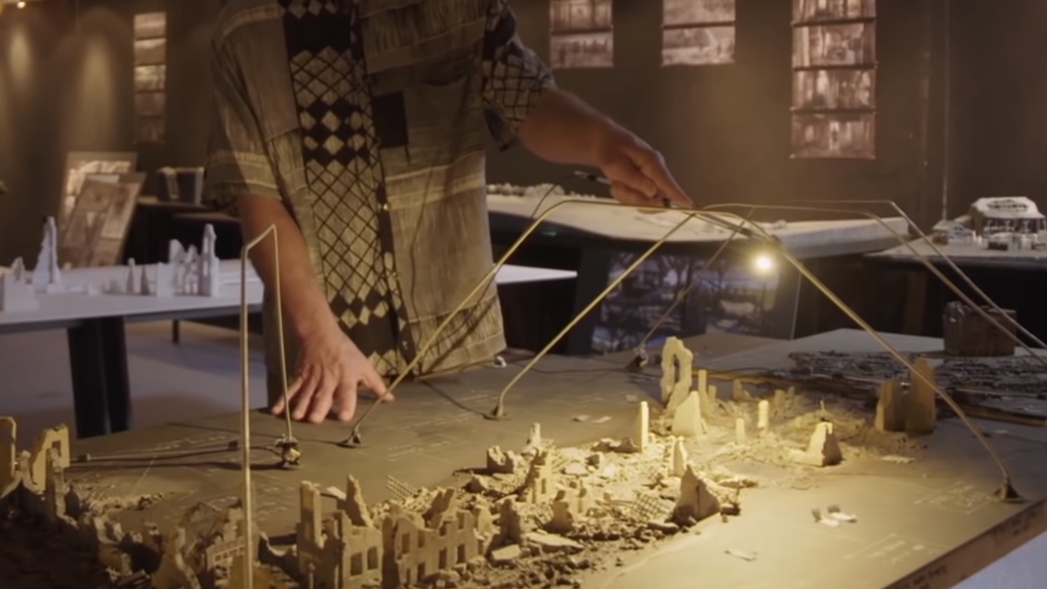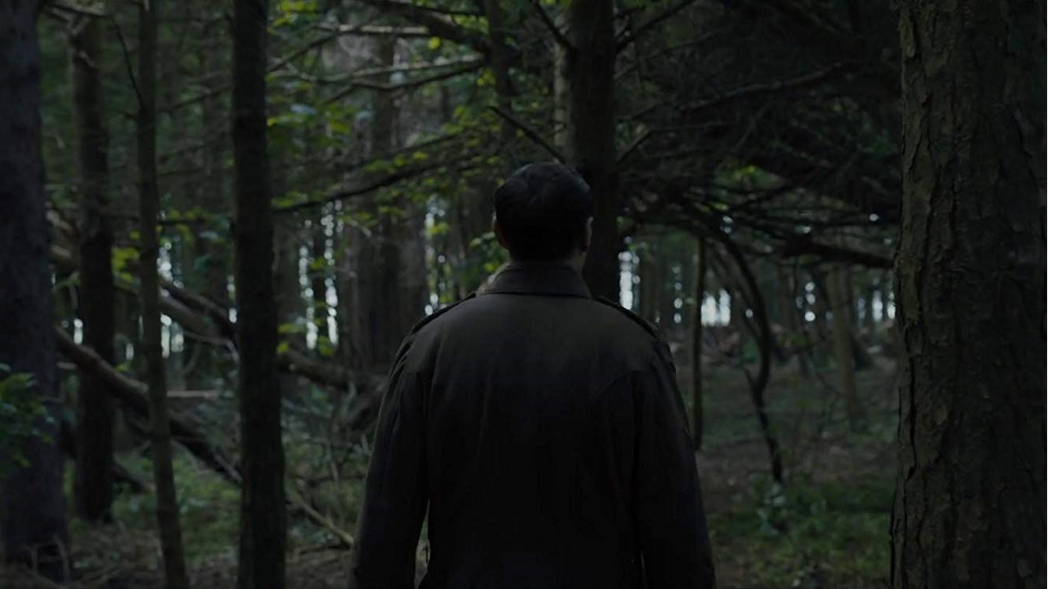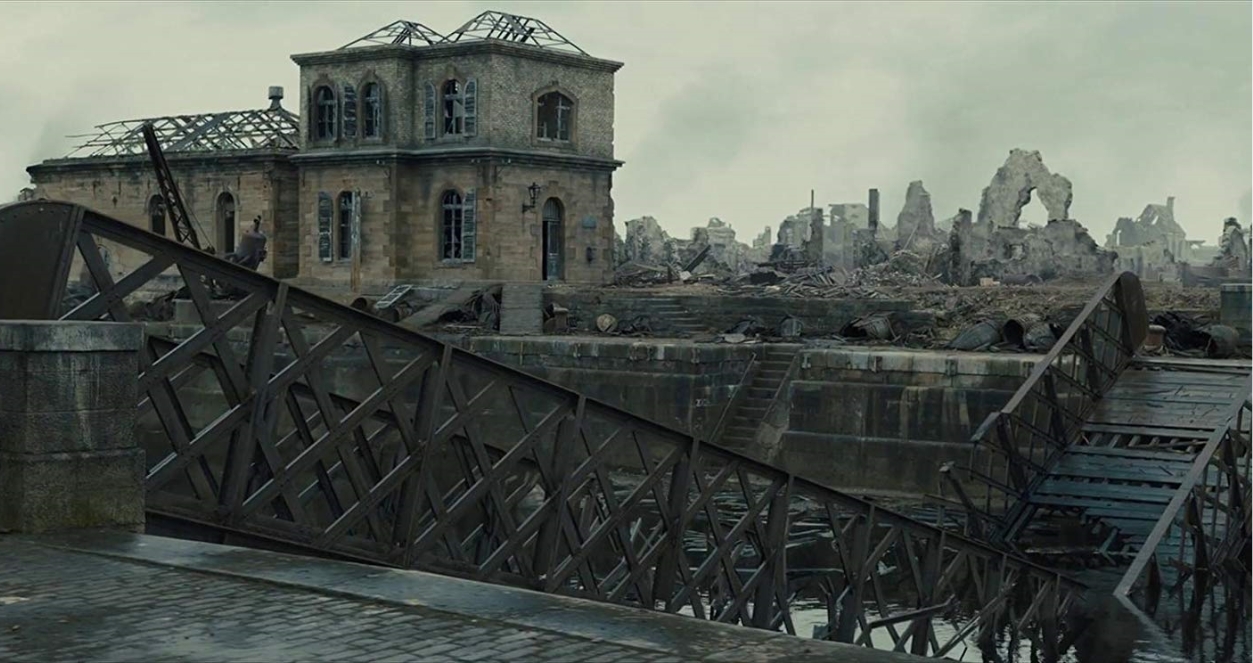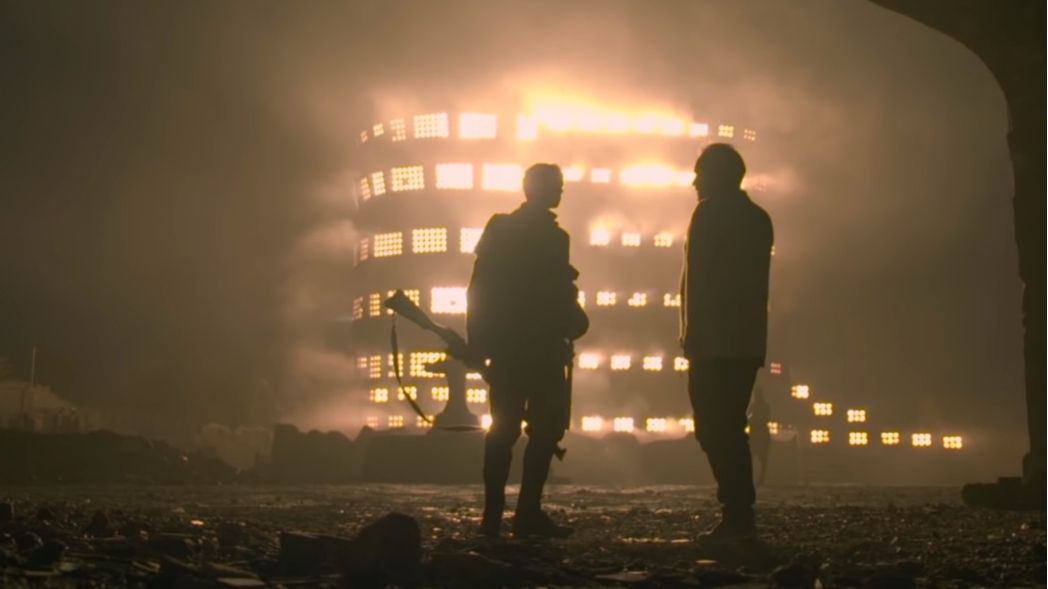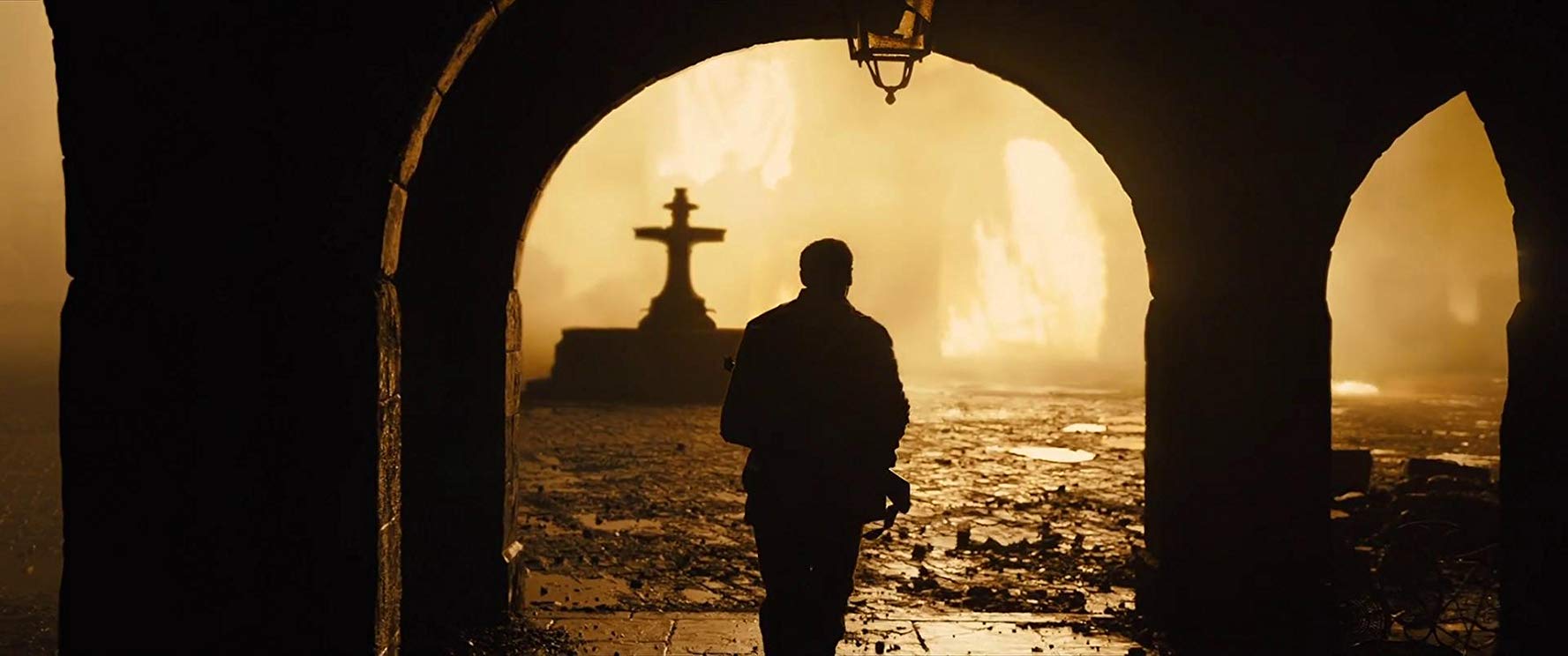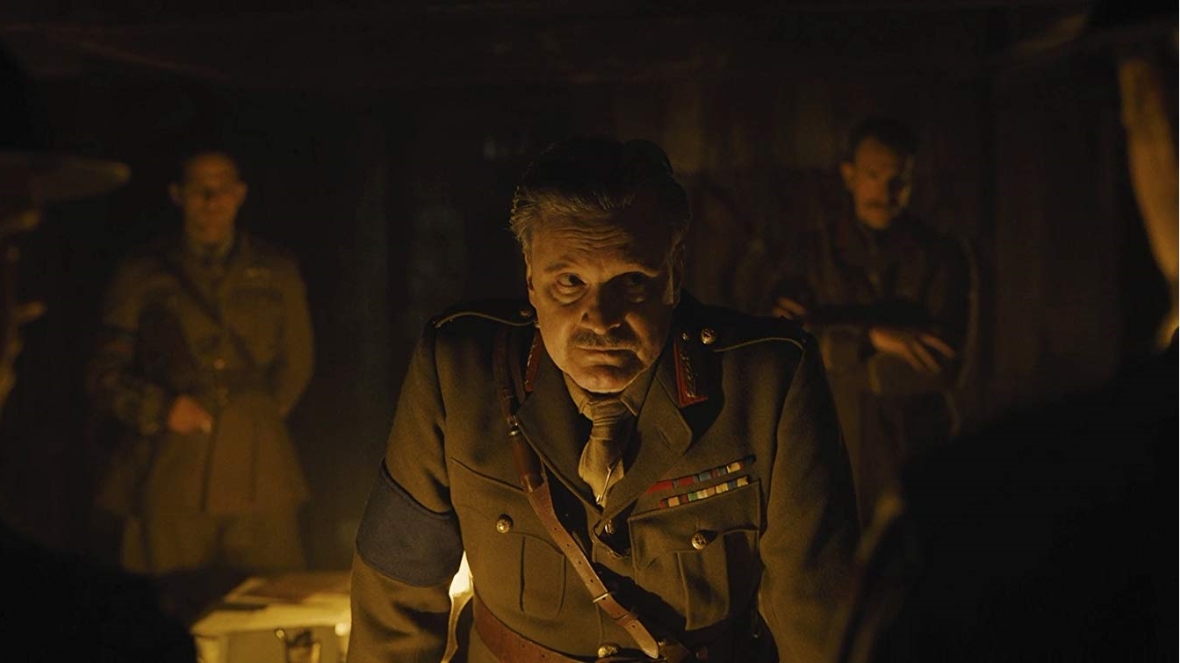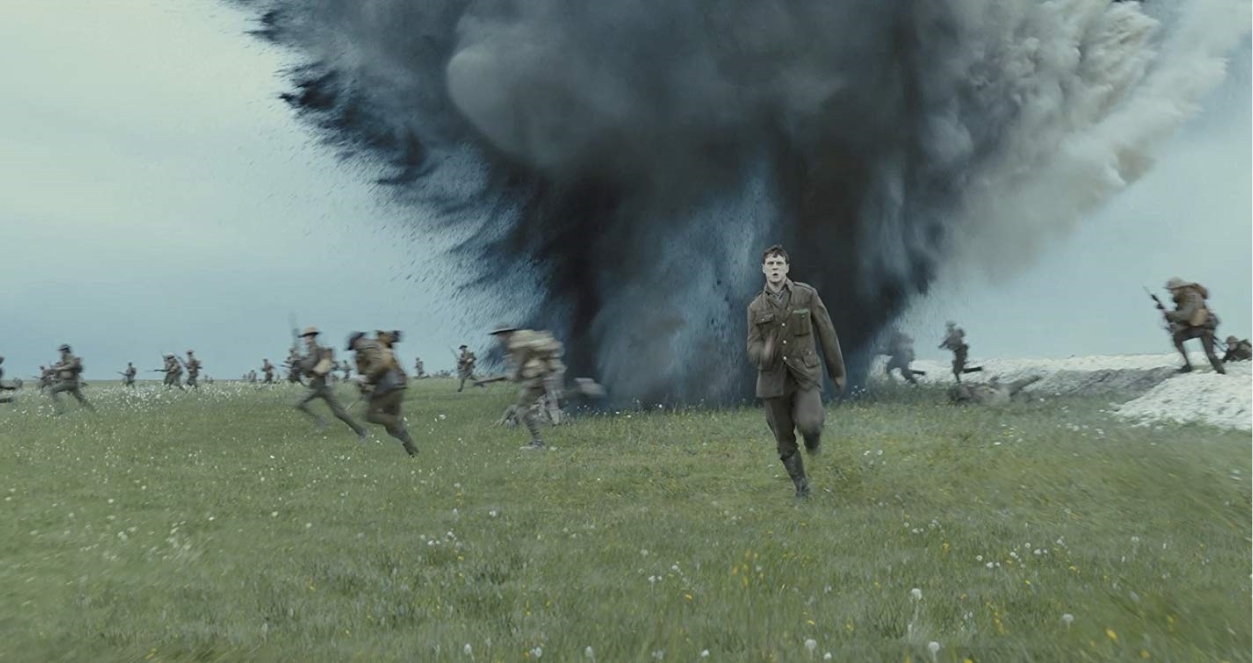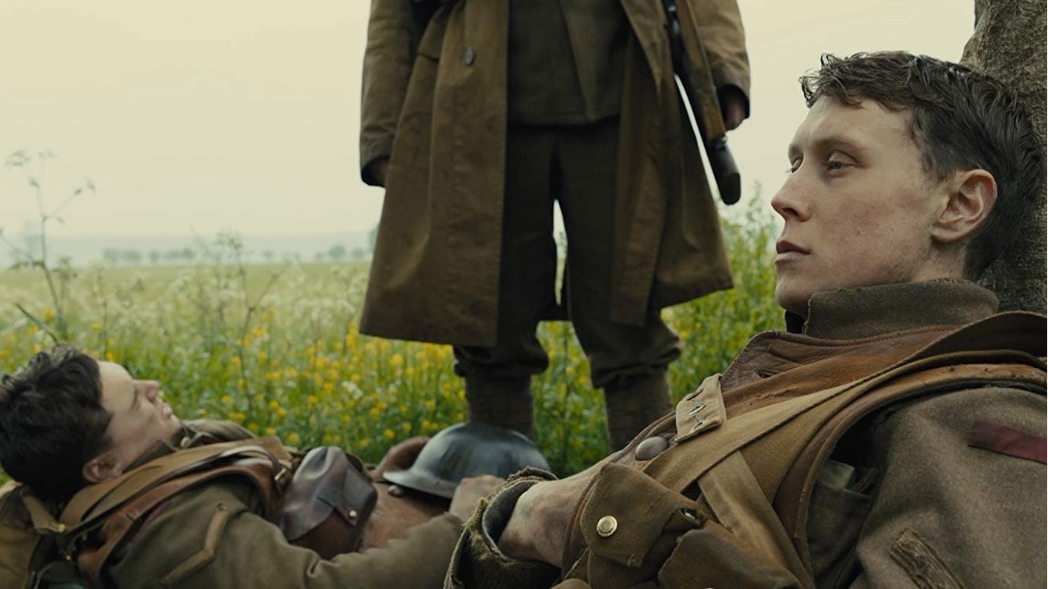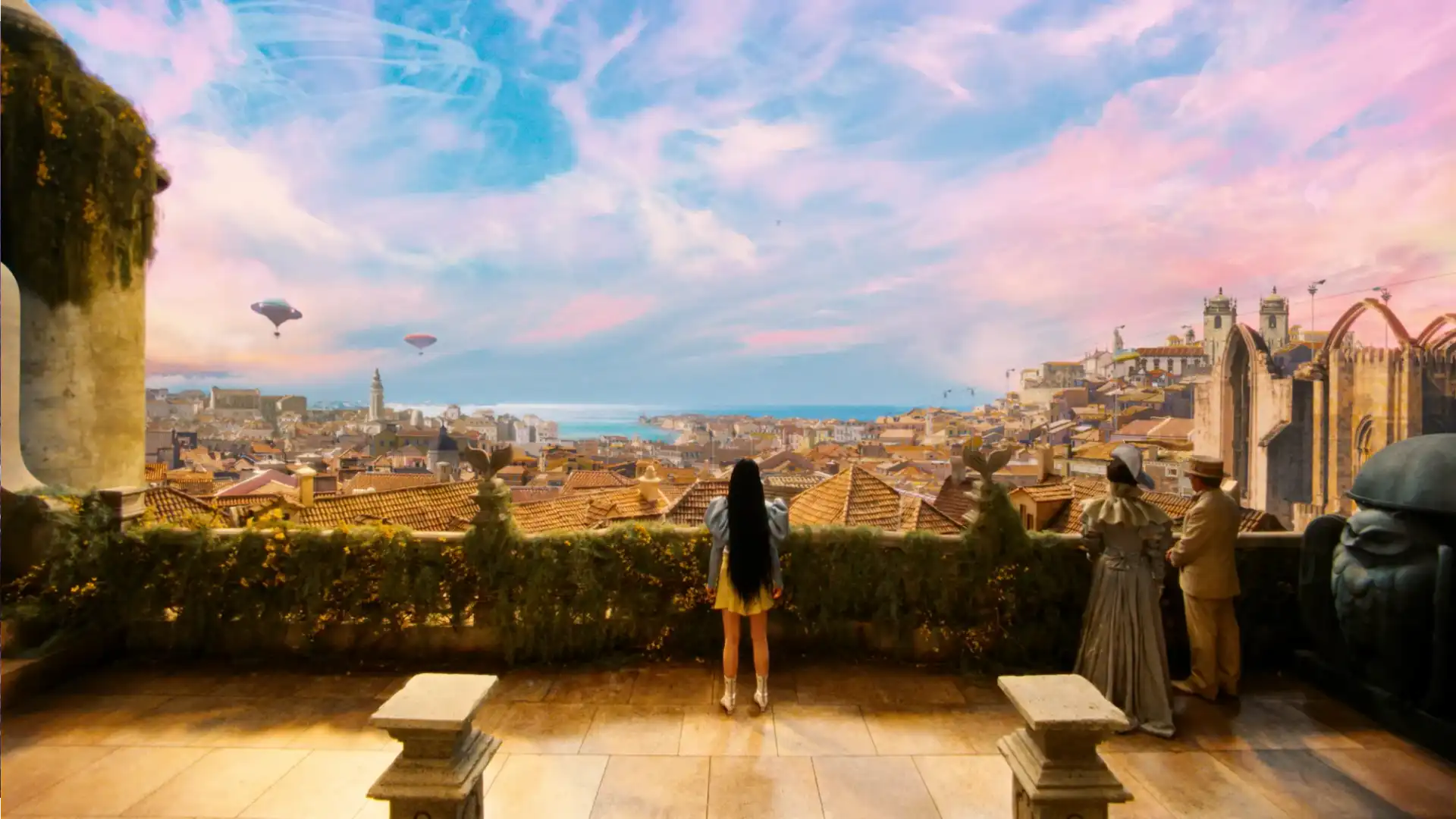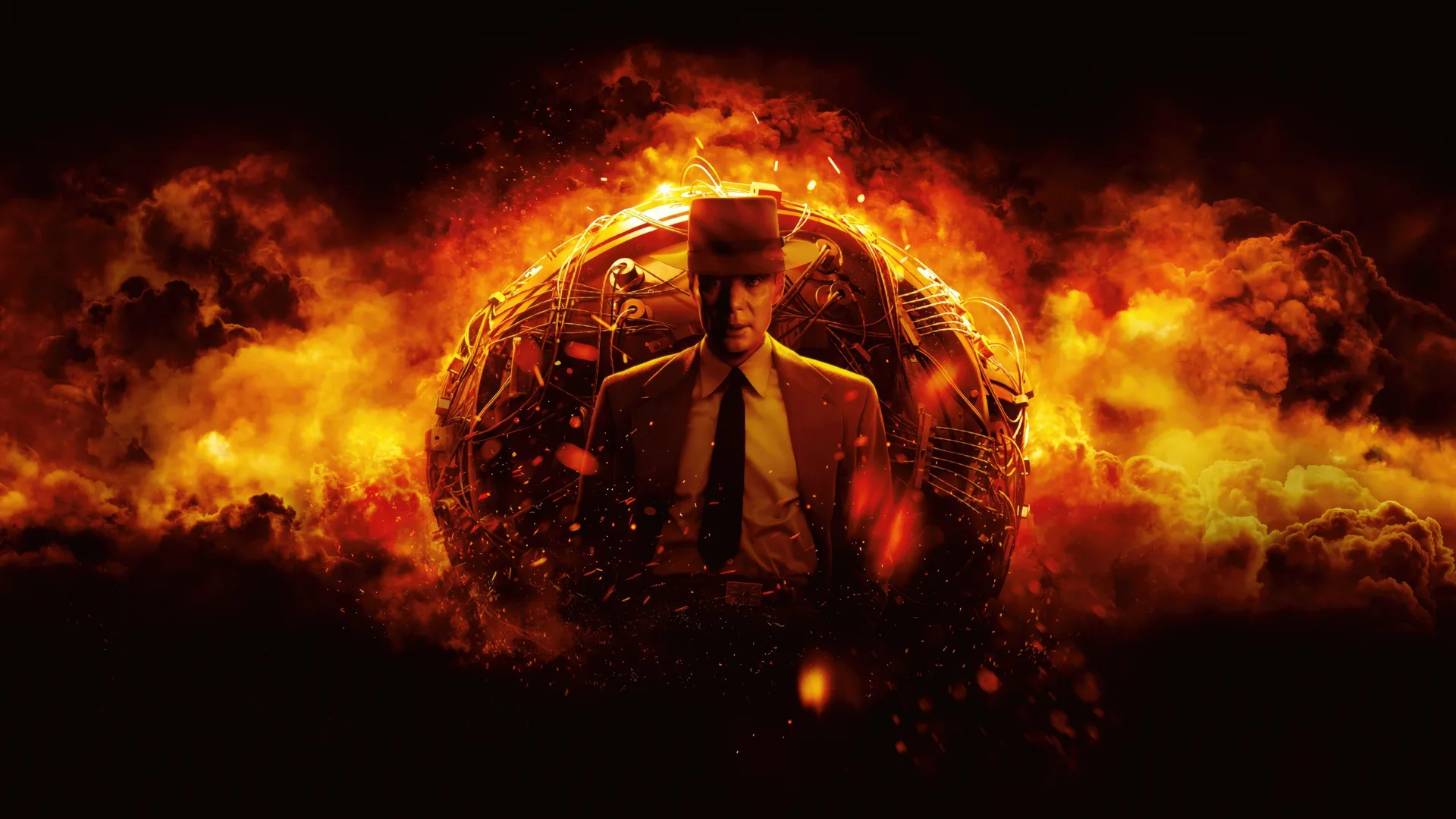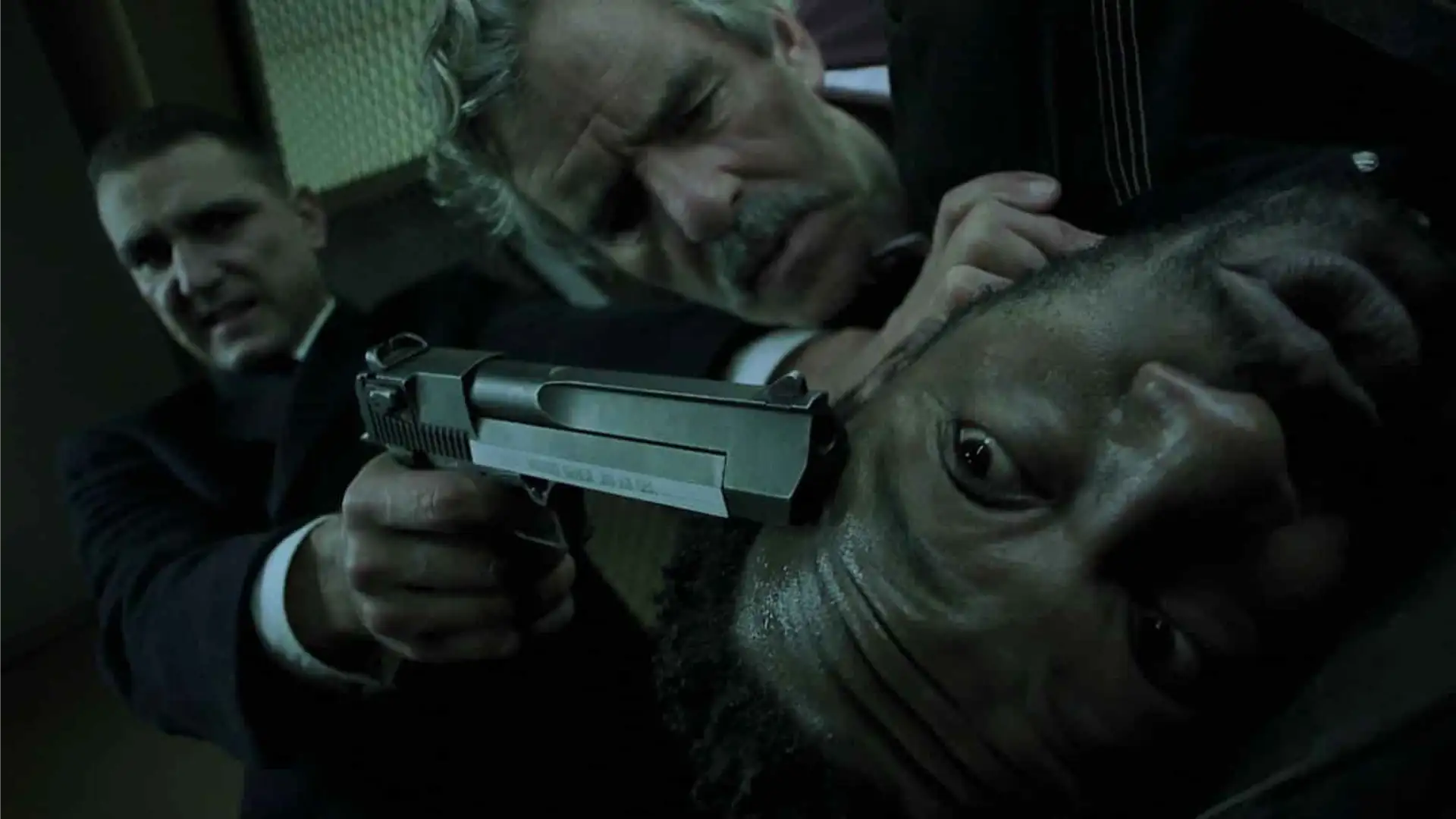And this year, the movie 1917, is one of the movies that used some innovative stuff in filming and storytelling. This war movie is directed by the famous director Sam Mendes, with the amazing cinematography of Roger Deakins and the composing of Thomas Newman. Let’s see what makes 1917 so special that worth winning Oscar.
Story (Includes Minor Spoilers)
The story of 1917 takes place during World War I, where two soldiers named Blake and Schofield, have a mission to go to the enemy territory, to deliver a message to the commander of their allies. They have one day to do the mission otherwise 1600 men will die, and Blake’s brother is among them.
The surprising thing is that the camera is only loyal to these two soldiers so even actors like Colin Firth, Benedict Cumberbatch, and Mark Strong, get the chance to be seen only where the main characters meet them. This type of narration holds the most of what will happen to the main character as a secret because you don’t see what’s coming to them. You don’t see anything about the places they’re heading to or even the places they’ve passed. This method of storytelling creates a great sense of identification between the audience and the protagonist as they are walking every step together.
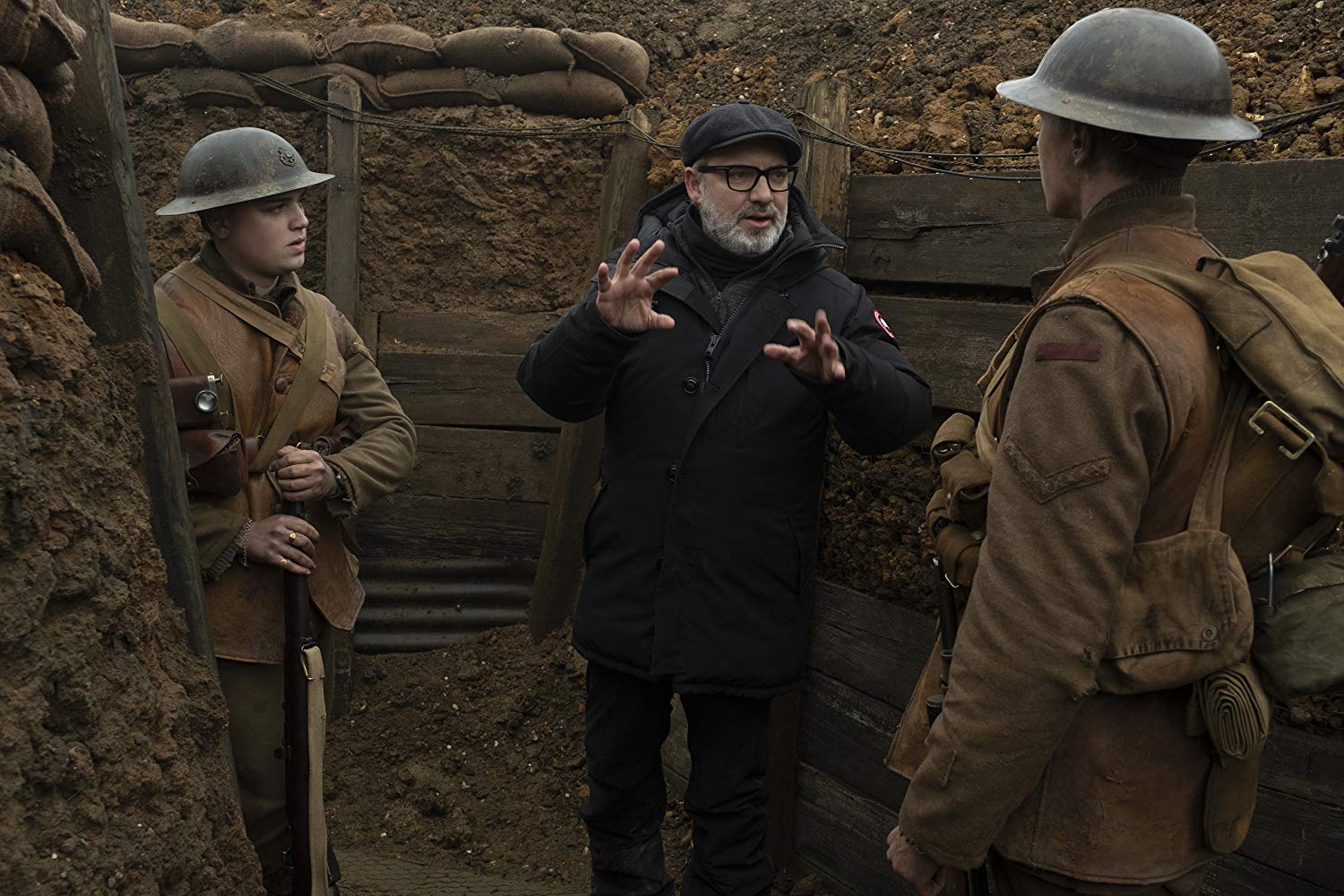
Filming
The first thing about 1917 that grabs our attention is that the film seems to be one continuous shot, without any cut, but the fact of the matter is that it has many cleverly done cuts that aren’t obvious for the viewer.
Although the method of continuous shots has been done before by directors like Alfred Hitchcock in the film “Rope”, using it for a war movie is a novel idea.
As said before, from the beginning of 1917 to the end, the camera follows the main characters along their journey. An approach to filming that made Deakins do the continuous shot method for the first time in his career. What made Mendes want to film 1917 this way, is probably the story’s essence that stresses the shortage of time and the deadly mission that soldiers are on.
So Deakins filmed the movie in a way that the audience follows the young soldiers in every second of their mission without any cuts in between.
As this is the main strategy of the filming of this project, everything else is there to serve this idea.
The cameras used in this film are a series of ARRI cameras including Arri Alexa Mini, Arri Alexa LF, combined with Arri Signature Prime Lenses. The choice of Alexa Mini LF was especially a crucial decision because that enabled the camera crew to carry the camera around the set with ease.
The movie is captured in ARRI Raw 4.5 k, and the sound is recorded in the Dolby Atmos format which is a common format for war movies because it creates 3D sound reproduction of all the shootings, explosions, planes, etc. So it’s highly recommended to watch the movie using a Dolby Atmos enabled system.
Set
Designing the set for 1917 was something that was dependant on so many factors. Starting with the unusually long rehearsals. It took them 4 months to do the rehearsals, not only to prepare actors for the shooting but also to learn exactly how long each shot will take.
And this timing information helped the set designers to design every location based on the time the characters will spend there. The shocking point is that they didn’t use any location twice but instead, they built every single location separately including the 5,200 feet of trenches.
Another task for the designers was to create a path for the camera as it should be able to follow the characters through every location. And it wasn’t easy, the camera crew carried the camera on foot, or by using jeeps, motorcycles, cranes and even drones.
Lighting
The designers also helped Deakins to do the lighting precisely in some particular scenes with the models that they created for each location. Using these models the camera and lighting crew could guess how the lighting and shadows will look like in the real location. One example is the scene that Schofield runs through the destroyed city where the lighting is done by flares. A scene that is truly wonderful, creative and not easy to make.
Another point about the lighting of 1917 is that the camera only moves forward in 360 degrees around the characters so there’s very little chance to hide things behind the camera. And this 360 method limited the possibilities of lighting the scene as it might accidentally appear in the video. So Deakins decided to shoot the most parts of the film by using natural light in cloudy days.
This was quite the challenge for them as they had to wait for the weather to get cloudy enough for shooting, checking all weather apps to find a cloud that covers the sun for a five a minute shot.
Conclusion
As you can see what makes a movie like 1917 so captivating and award-winning level successful, is the innovations they perform in every aspect of it.
If you haven’t watched the movie yet, I’m sure you’re gonna like it even more as you now know how far they went to make the film special. 1917 works well in bringing you to those cold days of WWI and makes you feel you’re in there on a mission to save lives. It is, in other words, a work of genius storytelling.
